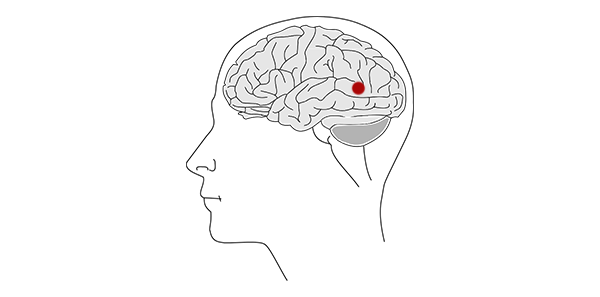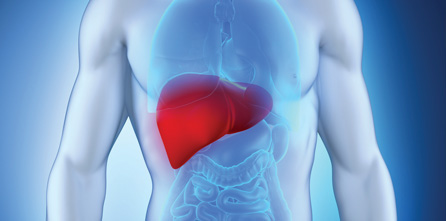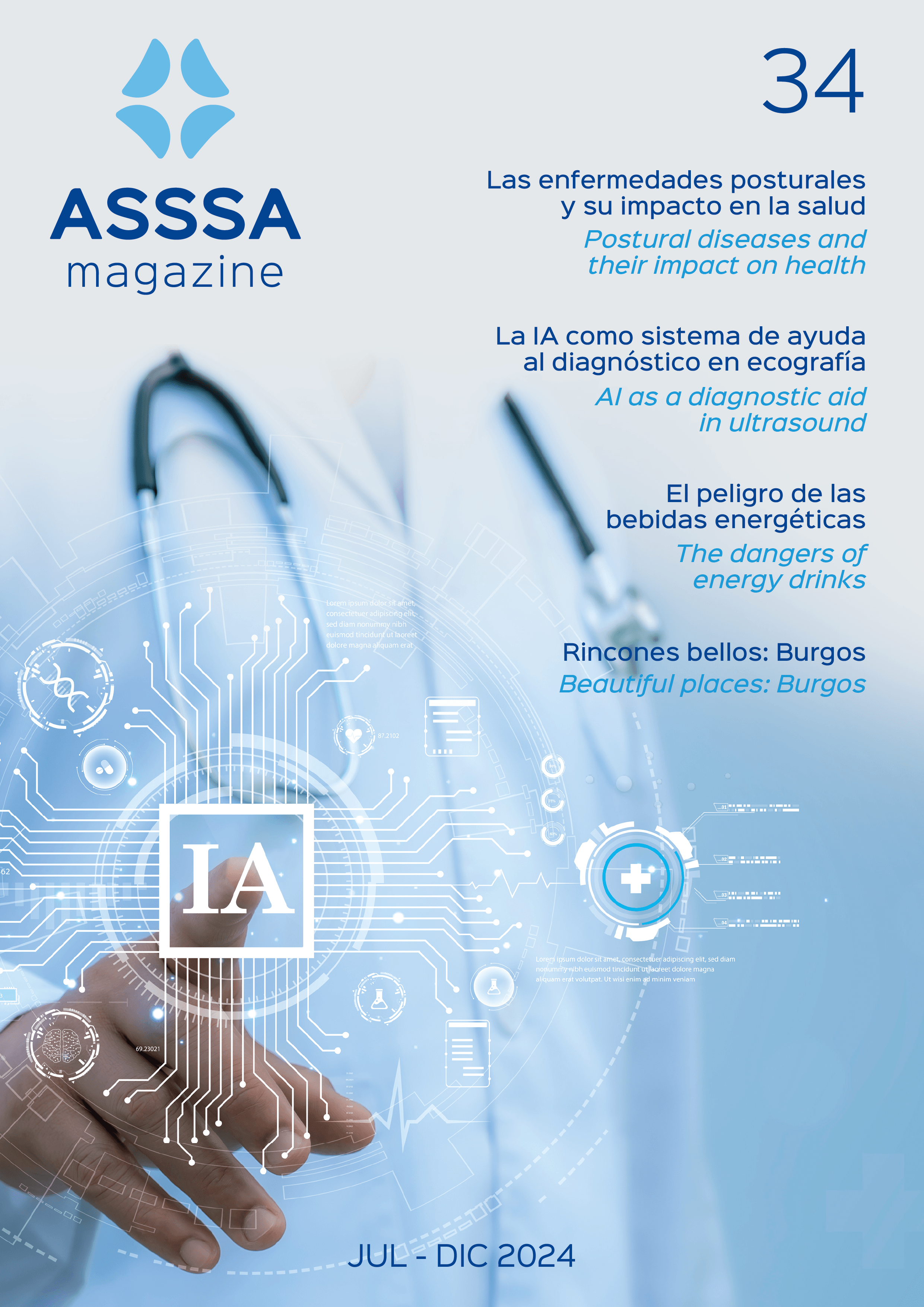
SIBO (or Intestinal Bacterial Overgrowth) is a pathology described several decades ago that has recently attracted the attention of the medical community and the general population, receiving a lot of publicity on social media.
It’s caused by an excessive increase in bacteria in the small intestine, and factors that may contribute to its appearance include alterations in intestinal motility, anatomical abnormalities such as previous surgeries of the gastrointestinal tract, excessive use of antibiotics and certain gastrointestinal diseases.
In terms of the symptoms that have been classically attributed to SIBO, they can be diverse and non-specific, including constipation, abdominal bloating, gas and flatulence, nausea or diarrhoea, the latter being the most associated symptom. Nutritional deficiencies have been observed in more severe and rare cases.
Diagnosis is usually based on breath tests that measure the production of hydrogen and methane after the ingestion of a certain substrate, such as lactulose or glucose. An increase in these gases may suggest the presence of bacterial overgrowth.
However, the most reliable test is jejunal aspiration and subsequent cultivation, which is usually not done because it’s expensive. The test requires an endoscopy, so this method is not used in clinical practice.
Following diagnosis, the most widely used treatment to date is antibiotics, particularly rifaximin. Certain diets have also shown some improvement in symptoms, although with little scientific evidence.
Prudence in diagnosis
Its growing popularity and the considerable increase in diagnoses has alerted the main national gastroenterology societies, including the Spanish Society of Digestive Pathology and the Spanish Association of Neurogastroenterology and Motility.
These associations currently do not recommend the performance of a diagnostic breath test for bacterial overgrowth in patients with non-specific symptoms and the absence of a clearly predisposing factor, such as intestinal surgery or alterations in intestinal contractility.
In addition, a group of experts recently drafted a document expressing their scepticism with this current situation, since to date there is no precise and widely accepted definition of this pathology, and there is even no agreement on when a test can be considered as positive. They therefore recommend caution in the face of a positive result in patients without significant changes in intestinal or anatomical contractility.
It should also be said that, although breath tests are widely used as non-invasive alternatives, they have a low accuracy for diagnosis and the results must be interpreted with caution.
This means that a diagnosis by breath test should be viewed with care when there is no condition that clearly favours it, with symptoms in many cases likely to be due to other gastrointestinal disorders.
Esteban Fuentes Valenzuela
Digestive System Specialist
Surgery and Digestive, Viamed Santa Elena Hospital












